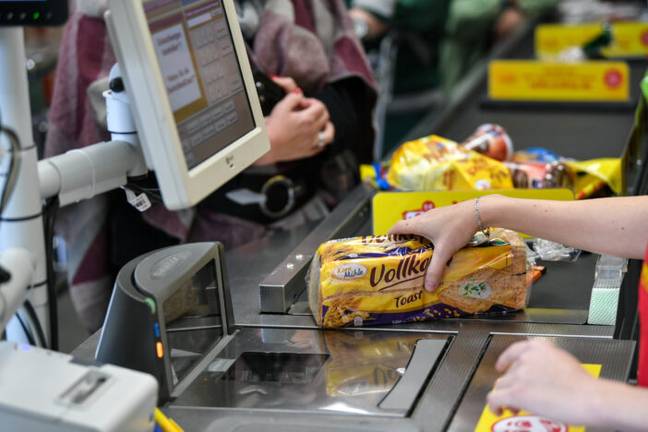People around the world are facing a rising problem: food prices are rising way faster than their incomes. The most worrying part: this trend's here to stay.
Since the pandemic started, more and more people are facing job losses. If you're lucky enough to have a job, there's a big chance that you're not working as much, or you're not getting as much money as you did before COVID-19.
Malnutrition and hunger are on the rise, and according to the Bloomberg report, the pandemic's impact on the global economy will make matters worse.
Things are only going to get worse

Prices in the U.S. went up 3% in the year ending January 2. That's approximately double the overall inflation rate. Though it may not seem like a vast difference, take into account that the average household spends 36% of the family income on food only.
Now, add job losses to the equation, and it's clear why many are getting below the poverty line.
There is no good news. Sylvain Charlebois, director of the Agri-Food Analytics Lab at Canada's Dalhousie University, has warned that:
"People will have to get used to paying more for food."
"It's only going to get worse."
Things are even worse outside the US

Bloomberg reports the price of tofu in Indonesia is now 30% higher than in December. The cost of local mainstay turtle beans in Brazil is up by 54% compared to January 2020.
In Russia, shoppers are spending 61% more on sugar than they did a year ago. Both Russia and Argentina have now placed price curbs on certain staples while putting tariffs on exports to contain domestic food prices.
There's no ending in sight due to the pandemic-related disruptions and rising transport and packaging costs.
In the U.S., 13.2 million people were pushed into food insecurity. That is 35% more than in 2018.
There's no certain way to tell what's going to happen next. Even if the pandemic stopped tomorrow, the world would need years for economies to recover.
As the prices of necessities are going up, we're dealing with losses, anxiety, depression, and even the negative impacts of global warming. Still not a believer? Check out the extreme temperatures Texas experienced this year.



